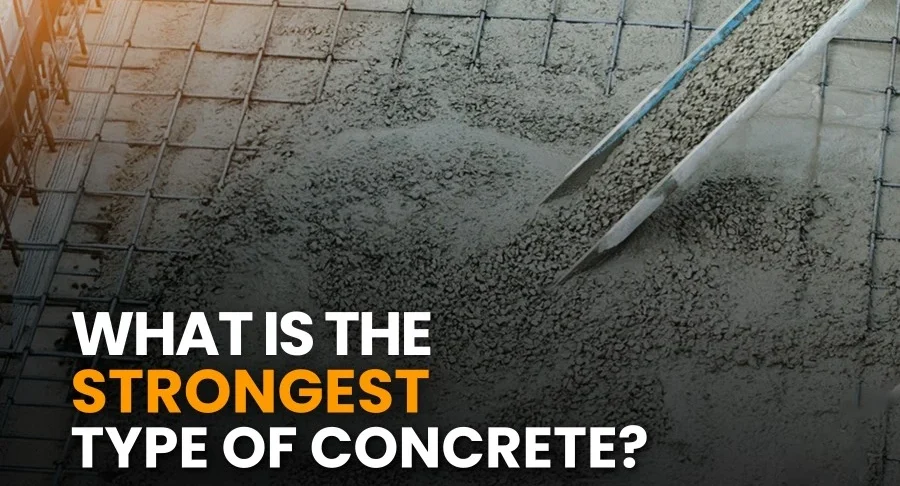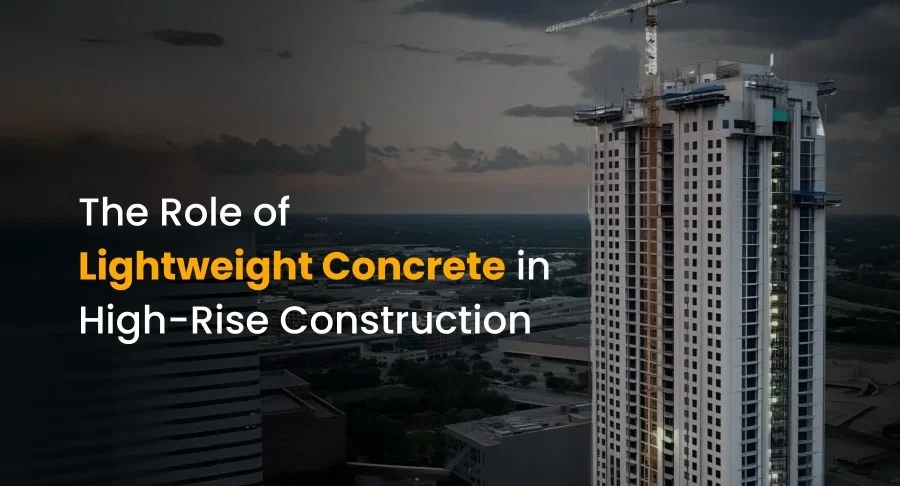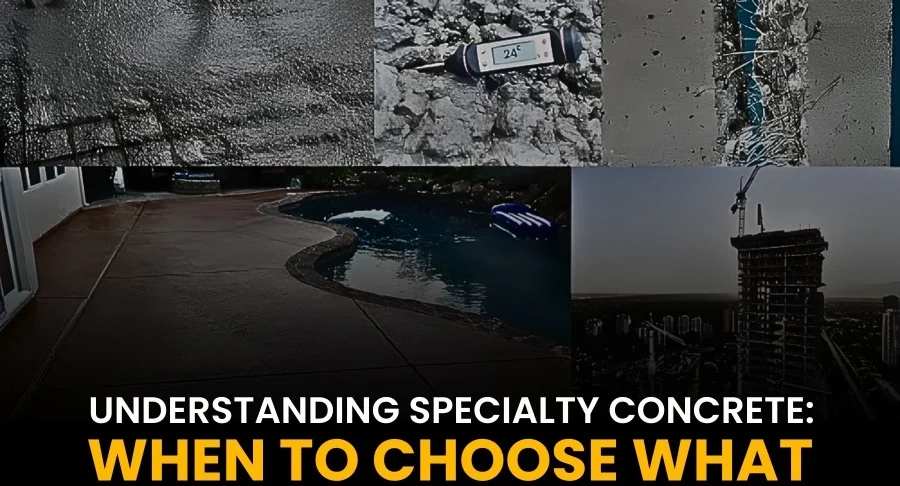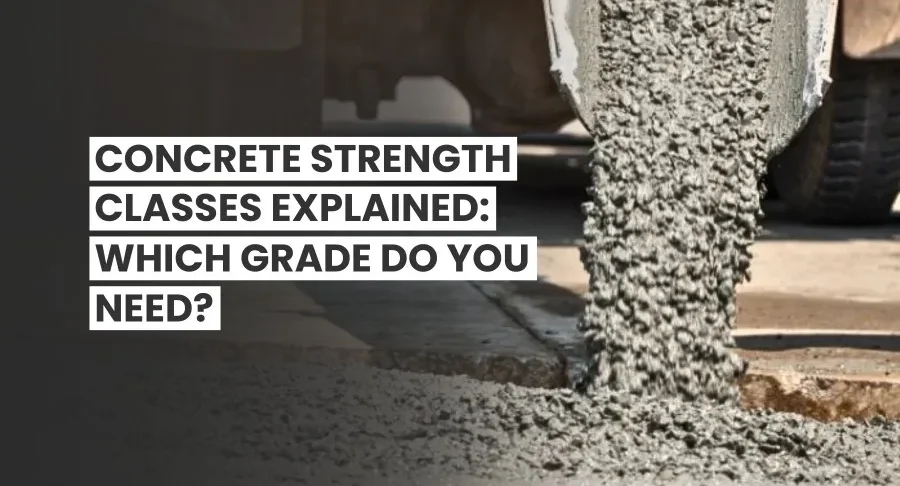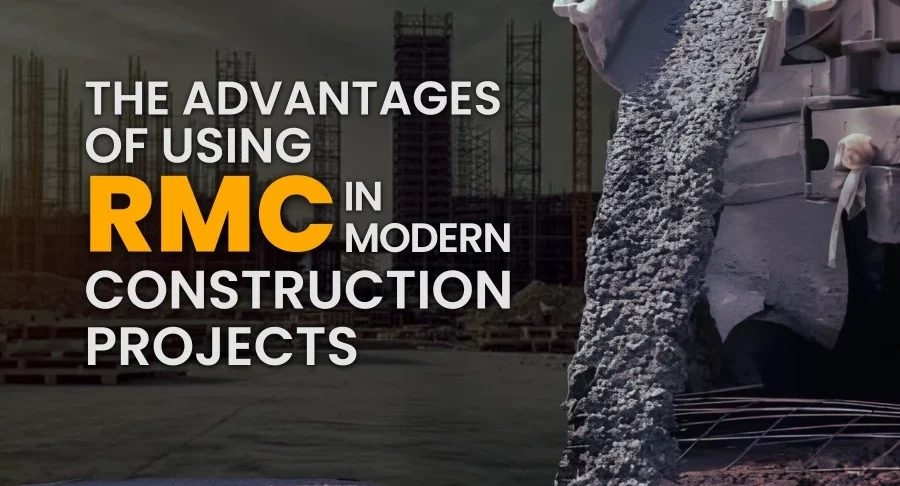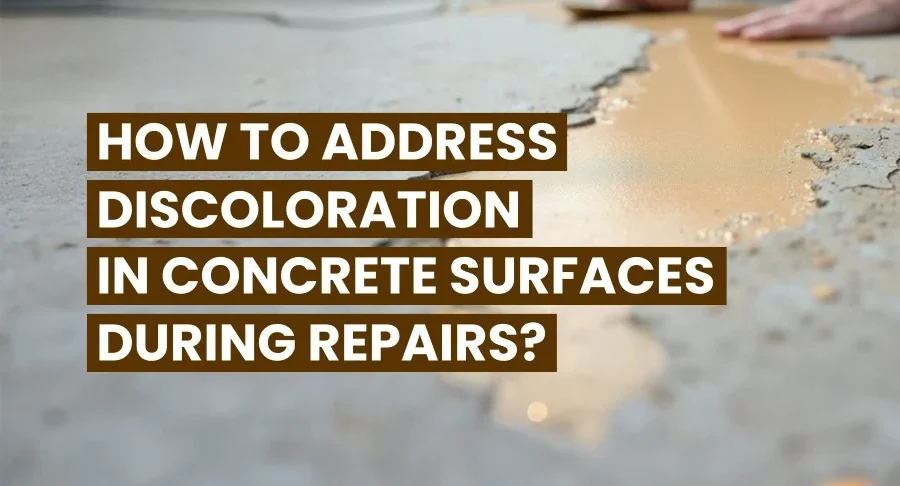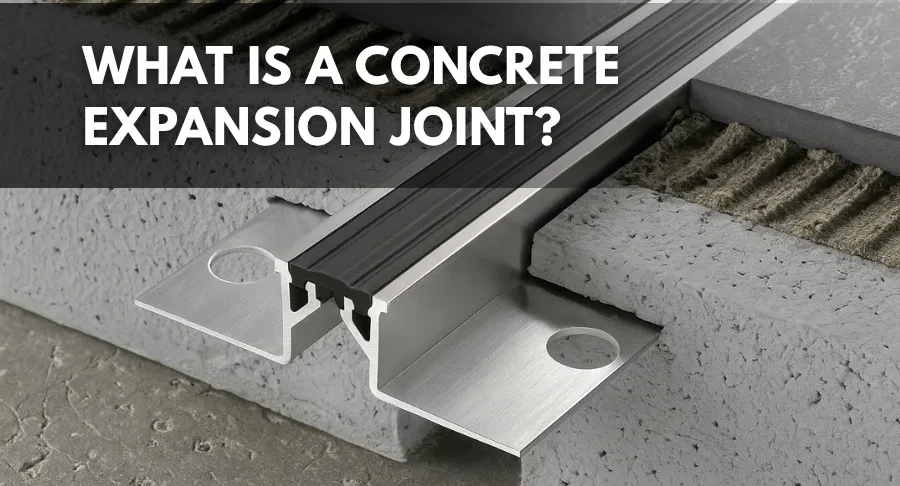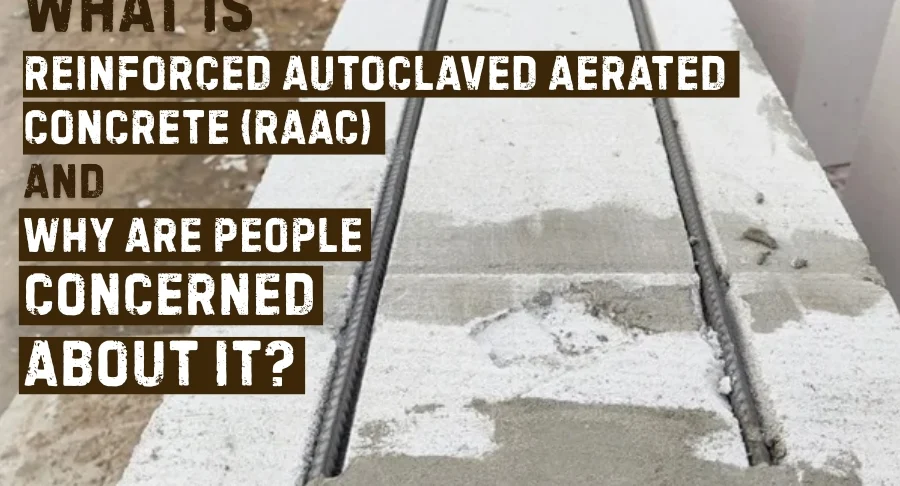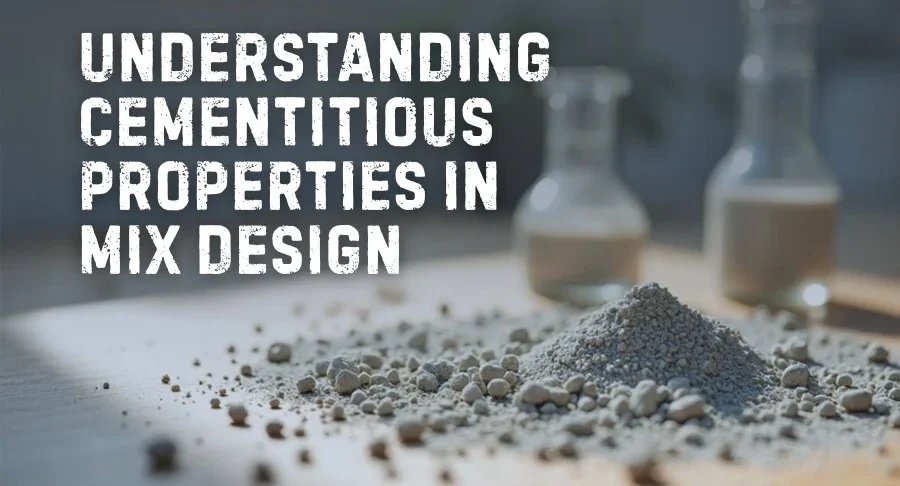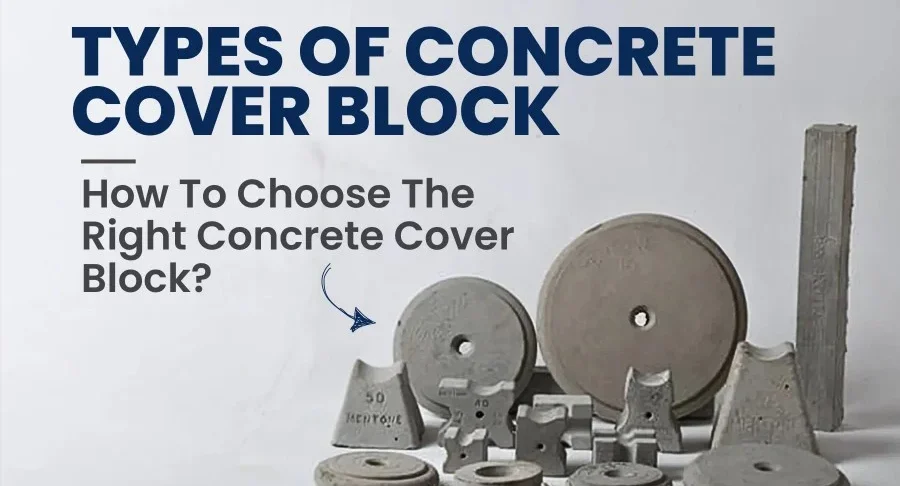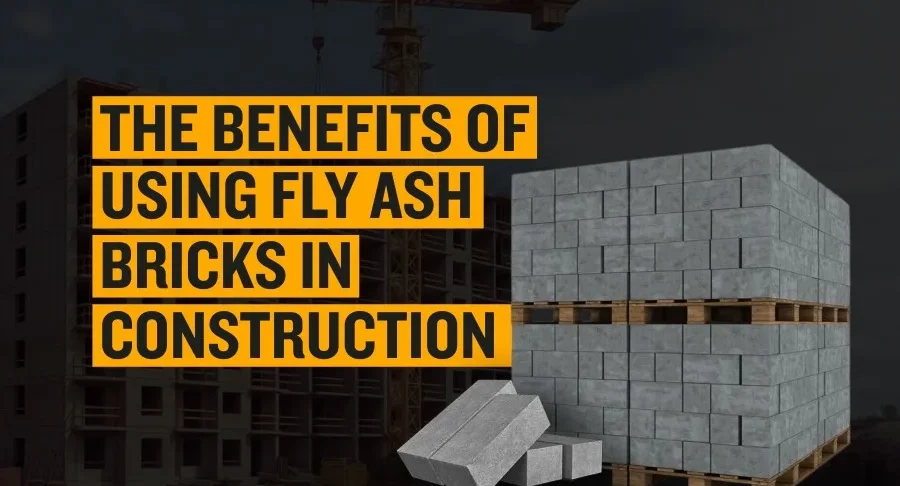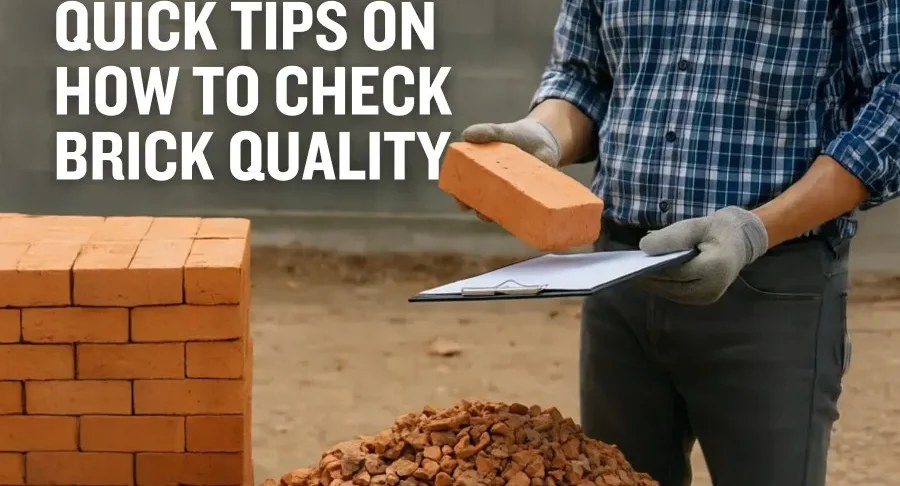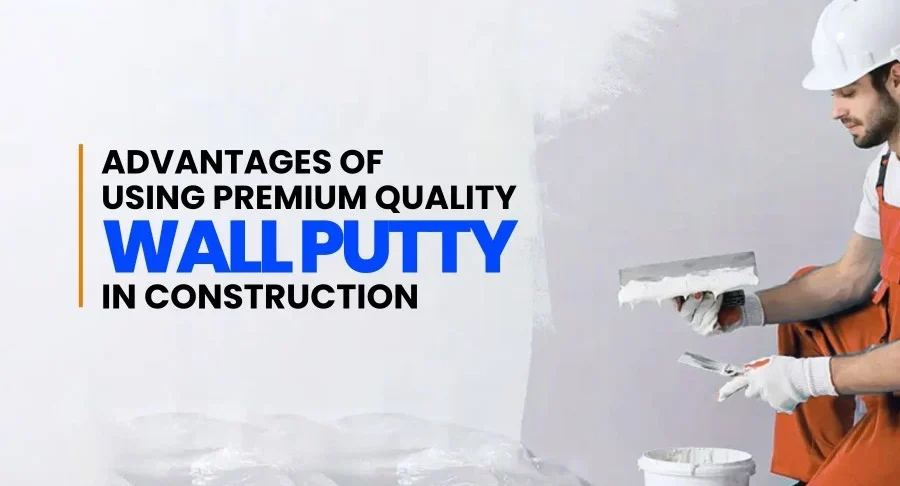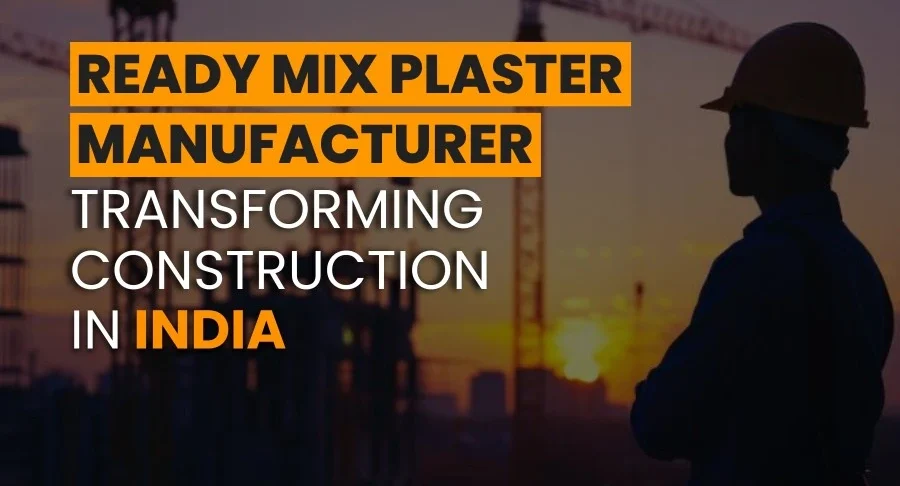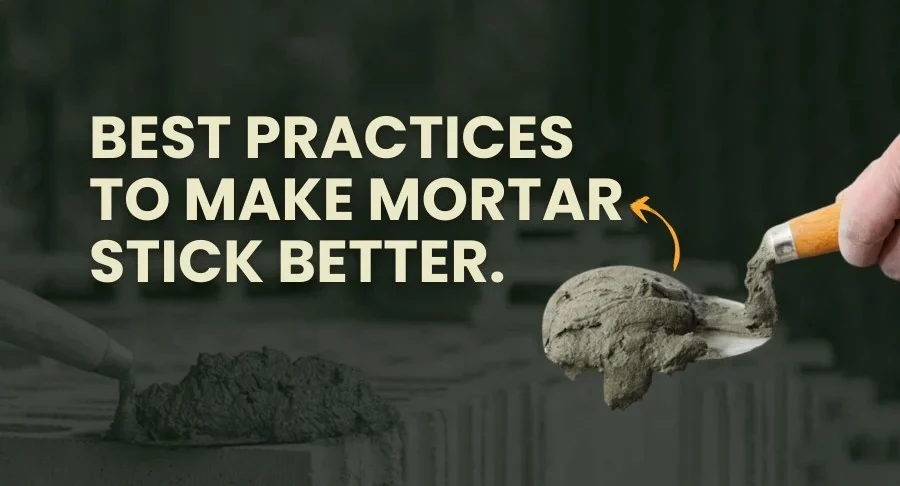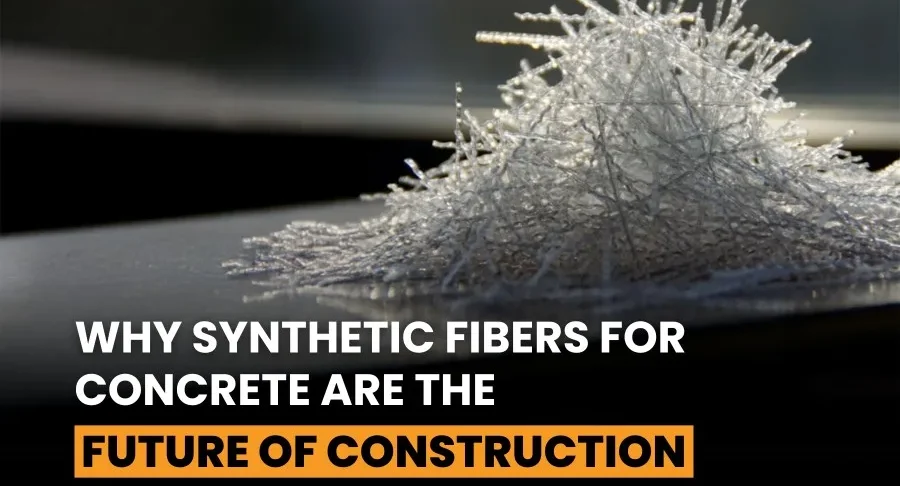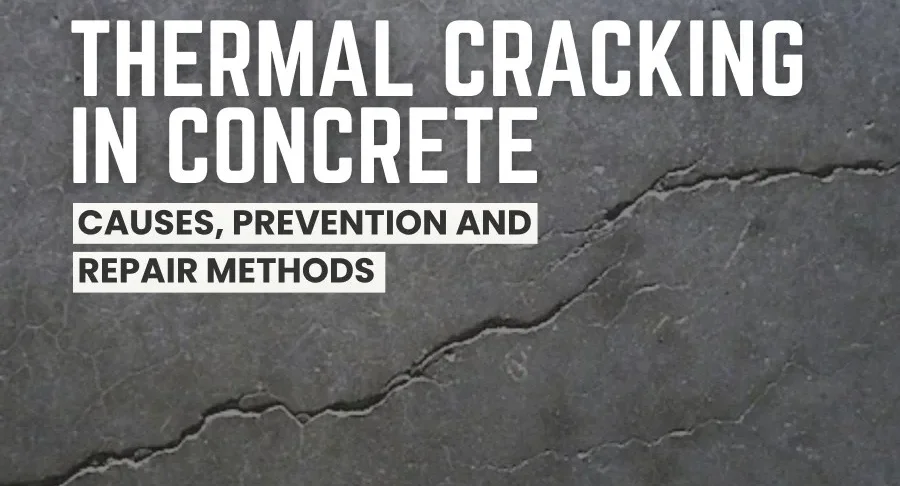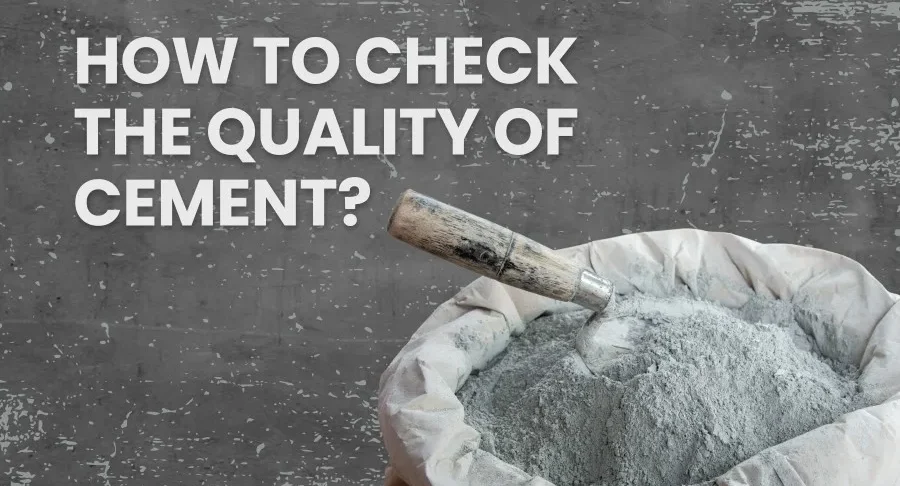A strong driveway is about more than just aesthetics; it should perform well, be durable, and have a long lifespan. No matter if you are installing a brand-new driveway or repairing an old surface, un...
What is the Strongest Type of Concrete?
Concrete is an essential part of contemporary construction in areas ranging from homes and bridges to skyscrapers and dams. The important word here is concrete. Not all concrete is created equal....
How Innovations in Self-Compacting Concrete Revolutionize Construction?
The construction industry has always been characterized by innovation. From its original deployment as natural lime to its contemporary iterations of high-performance concretes, each innovation has be...
The Role of Lightweight Concrete in High-Rise Construction
High-rise buildings have come to epitomize contemporary urban landscapes. With ever-taller buildings emerging in the skyline, engineers and architects are constantly posed with the challenge to create...
Understanding Specialty Concrete: How to Choose the Right Type for Your Project
Concrete has always been central to modern construction. But as building challenges have changed, so needs for concrete to perform beyond the ordinary. This is where Specialty Concrete comes in to...
Can Ready Mix Concrete Save You Time and Reduce Waste?
In the fast-paced world of construction, every minute and every bag of materials matters. Project managers, engineers, and contractors are all looking at ways to push timelines, no manual processes, a...
Concrete Strength Classes Explained: Which Grade Do You Need?
Concrete serves as the foundation of modern construction, whether it is for a small house, a large commercial building, or a major infrastructure project. But, concrete is not all the same. Every...
How Technological Advances in Ready-Mix Concrete Boost Productivity on Construction Sites
The construction industry of today values efficiency as much as quality, as every minute and every rupee certainly matters in the industry. Whether it is a residential high-rise, commercial comp...
The Advantages of Using RMC in Modern Construction Projects
In the constantly progressing construction industry, time, accuracy, and durability are everything. It is all about efficiency, whether it is residential complexes, bridges, or commercial towers....
How to Address Discoloration In Concrete Surface During Repairs?
Introduction Concrete discoloration can be tackled with smarter repair solutions. One can begin with the identification of the causes, like uneven curing, contamination, or stains. Followed by prop...
What Is a Concrete Expansion Joint?
Concrete is recognized within civil engineering for its durability, strength, and longevity. But ultimately, no material is 100% impervious to the elements. Concrete is temperature sensitive and w...
What is Concrete Mix Ratio? Types, Grades, Methods, and Uses
Concrete is the foundation for construction today. Whether constructing a small house, a large skyscraper, or even a simple garden path, the quality of concrete used will determine the strength, durab...
What is Reinforced Autoclaved Aerated Concrete (RAAC) and Why are People Concerned About It?
Over the past few years, Reinforced Autoclaved Aerated Concrete (RAAC) has gained attention for all the wrong reasons. Once touted as a progressive and innovative architectural construction material,...
Why Use Carbon Fiber Reinforced Concrete (CFRC)?
Introduction In today's environment, as cities are built higher and the infrastructure is built to withstand extreme conditions, there is a greater need than ever for construction materials that ar...
Understanding Cementitious Properties in Mix Design
The backbone of modern construction is concrete. Its strength, durability, and longevity are determined by the materials from which it is composed and their combination. Cement is the most signifi...
Why Concrete Foam Is Trending in Lightweight Housing Applications?
The construction industry is undergoing a significant transformation. Due to increasing urbanization, rising energy demands, and growing sustainability concerns, builders are seeking materials that ar...
Why Aggregate Size Matters in Concrete Mix Design?
Concrete is vital for modern construction, serving as the primary structural element in buildings, bridges, highways, and other infrastructure. Although cement, water, and admixtures are often put...
Types of Concrete Cover Block: How to Choose the Right Concrete Cover Block?
Introduction When constructing reinforced concrete structures, half the equation is strength and the other half is durability. This is where the small, yet remarkable concrete cover block comes int...
The Benefits of Using Fly Ash Bricks in Construction
In today's construction industry, the selection of suitable building materials extends beyond strength and durability; these days, it all has to do with being sustainable, cost-effective, and long-las...
Quick Tips on How to Check Brick Quality?
Quality of bricks matters when it comes to constructing solid and lasting architectural products, as bricks form the basis for walls, columns, and buildings. Even slight compromises in brick quali...
Fly Ash Bricks Vs. Red Bricks: Making the Right Choice for Your Home
Choosing the right bricks can be one of the most crucial decisions you make when planning your dream home. Bricks are the backbone of your structure, and their quality is crucial because it affects ev...
Advantages of Using Premium Quality Wall Putty in Construction
Walls, when building or renovating a space they shape can go a long way to set the right tone. Smooth, durable, and long-lasting walls not only add an accent but also speak to the work of construction...
Ready Mix Plaster Manufacturer: Transforming Construction in India
In our busy construction world, time, accuracy, and durability are vital. Contractors, architects, and builders are always searching for materials that will not only save time but also improve quality...
Wall Putty: Perfecting Interiors with Strength & Finish
Homeowners and businesses alike often look at the top coats of paint, textures, and design elements as the standout features of new interiors or renovations, when in fact, the one thing that makes wal...
Best Practices to Make Mortar Stick Better
Mortar is the silent partner of construction. It holds bricks, locks down tiles, and maintains the integrity of structures for years. Unfortunately for builders and masons, one of the most common...
Effect of Fibers on Concrete Properties
Using fibrous materials in concrete isn't as simple as selecting fibers off a shelf; each fiber, its type, size, shape, surface finish, dosage, and distribution, all contribute to the behavior of the...
Why Synthetic Fibers for Concrete Are the Future of Construction?
Introduction Concrete has been a foundational building material used for construction for hundreds of years. As strong as concrete is, it has its flaws (cracks, shrinkage, and overall deterioration...
Concrete Curling: Why It Happens and How to Prevent It
Understanding Concrete Curling Concrete curling is a condition that causes a corner or edge of a concrete slab to lift or bend, forming a curled or warped appearance. While this may not sound like...
Thermal Cracking in Concrete: Causes, Prevention and Repair Methods
Thermal cracking in concrete occurs when a concrete element has a large temperature difference within it, causing internal stresses. These stresses will exceed the amount that the material can elongat...
How to Check the Quality of Cement?
Introduction Whether you are constructing a house, bridge, or commercial building, the quality of your cement is extremely important. Cement has several grades, and only the top ones have the stren...


